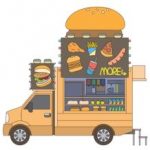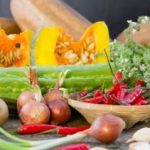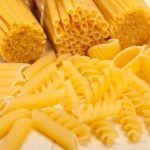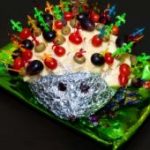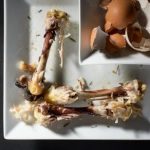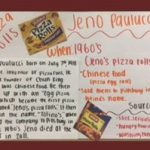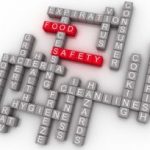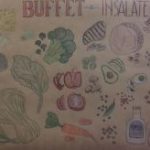
Face it! There are just some food topics that are difficult to have a lab associated with them. Sometimes it’s because of the cost, the logistics, the equipment or the quantity/variety of foods you’d have to purchase in order to make the lab happen. When this happens, I try to do some kind of unique project in place of the lab. So, below you will see how I make the best of teaching about salad bars with a tablescape project in lieu of an actual foods lab. What are some unique assignments or projects you do in place of labs? Share in the comment section below.


